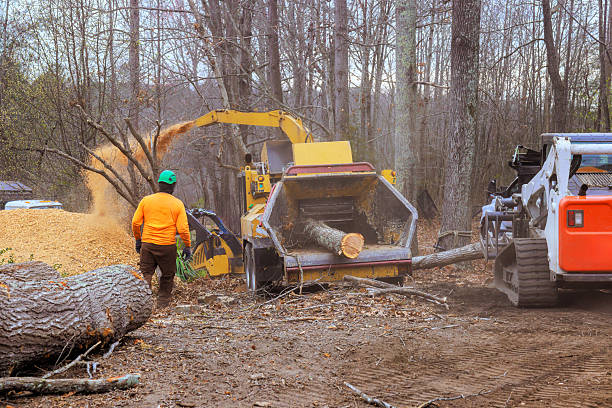Why Affordable Senior Housing Matters
As people age, finding safe, comfortable, and budget-friendly housing becomes a top priority. Senior Living Apartments offer older adults an environment designed to meet their needs—often including accessibility features, social activities, and supportive amenities.
However, many seniors live on fixed incomes, making affordability essential. Affordable senior living apartments provide a solution that balances cost, safety, and quality of life, allowing older adults to maintain independence without financial strain.
What Are Senior Living Apartments?
Senior living apartments are housing communities specifically for older adults, usually age 55 or 62 and older. These apartments can range from independent living units to more supportive environments. Common features include:
- Age-restricted residency requirements
- Accessible design (grab bars, ramps, elevators)
- On-site maintenance and security
- Community spaces and organized activities
- Optional meal plans or housekeeping services
Affordable senior apartments focus on offering these benefits at below-market rents, often through government subsidies or nonprofit programs.
How Affordability Is Achieved
Several programs and funding sources make senior housing more affordable:
- Low-Income Housing Tax Credit (LIHTC): Helps developers build or renovate affordable housing for seniors.
- Section 202 Supportive Housing for the Elderly: A federal program that funds housing with supportive services for very low-income seniors.
- Housing Choice Vouchers (Section 8): Helps eligible seniors pay part of their rent in qualifying apartments.
- State and Local Subsidies: Many states and municipalities offer grants or rent assistance programs for older adults.
These resources help reduce monthly rent costs, making senior living communities accessible to more people.
Benefits of Affordable Senior Living
Affordable senior apartments offer more than just lower rent—they provide security, connection, and convenience. Key benefits include:
- Financial Relief: Lower housing costs free up money for healthcare, food, and other essentials.
- Safety and Accessibility: Units are designed for mobility, with emergency call systems and staff on-site.
- Social Engagement: Shared spaces and group activities help combat loneliness and isolation.
- Maintenance-Free Living: No need to worry about repairs, yard work, or heavy chores.
- Supportive Services: Some communities offer transportation, wellness checks, or meal services.
These benefits can greatly enhance seniors’ quality of life while allowing them to maintain their independence.
How to Find Affordable Senior Apartments
Finding the right community takes research and planning. Seniors and families can:
- Use Online Directories: Search for low-income senior housing through government or nonprofit websites.
- Contact Local Housing Authorities: Inquire about waiting lists and eligibility for subsidized housing.
- Reach Out to Senior Centers or Agencies on Aging: These organizations often maintain housing resource lists.
- Tour Communities in Person: Visit locations to assess safety, cleanliness, and community atmosphere.
- Apply Early: Affordable units often have long waiting lists, so it’s important to start the process early.
A Comfortable and Cost-Effective Choice
Affordable senior living apartments give older adults the chance to age gracefully in a supportive, community-oriented setting without overspending. With thoughtful planning and the help of housing assistance programs, seniors can find a home that meets their needs, fits their budget, and enriches their daily lives.








